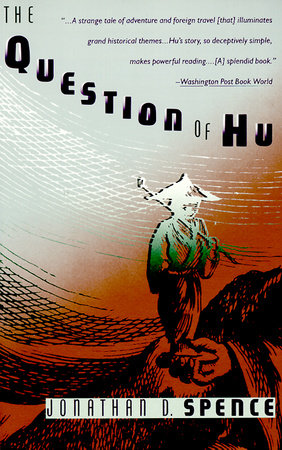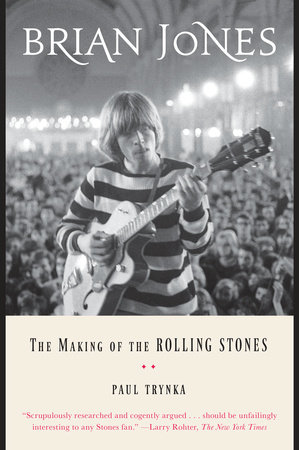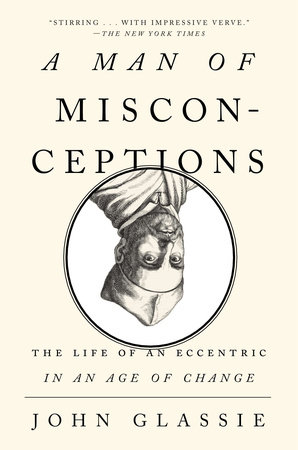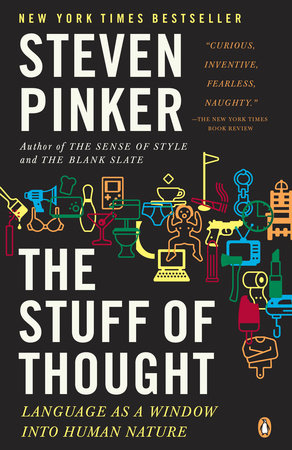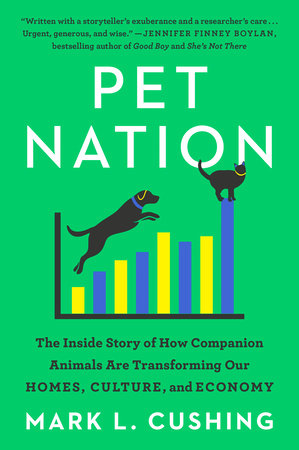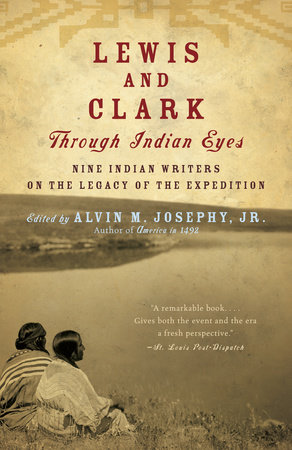In Masquerade, Alfred F. Young scrapes through layers of fiction and myth to uncover the story of Deborah Sampson, a Massachusetts woman who passed as a man and fought as a soldier for seventeen months toward the end of the American Revolution.
Deborah Sampson was not the only woman to pose as a male and fight in the war, but she was certainly one of the most successful and celebrated. She managed to fight in combat and earn the respect of her officers and peers, and in later years she toured the country lecturing about her experiences and was partially successful in obtaining veterans’ benefits. Her full story, however, was buried underneath exaggeration and myth (some of which she may have created herself), becoming another sort of masquerade. Young takes the reader with him through his painstaking efforts to reveal the real Deborah Sampson in a work of history that is as spellbinding as the best detective fiction.






